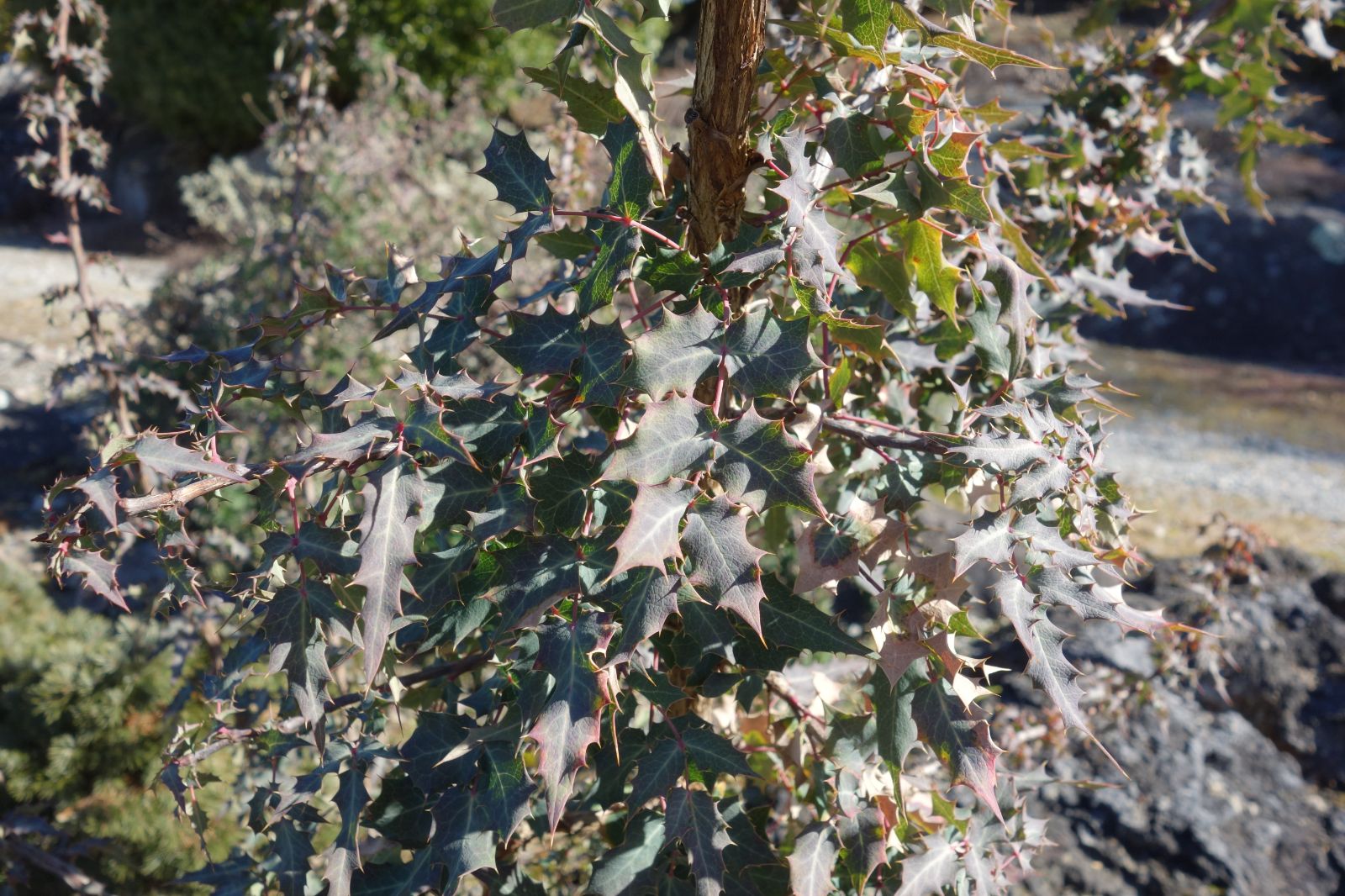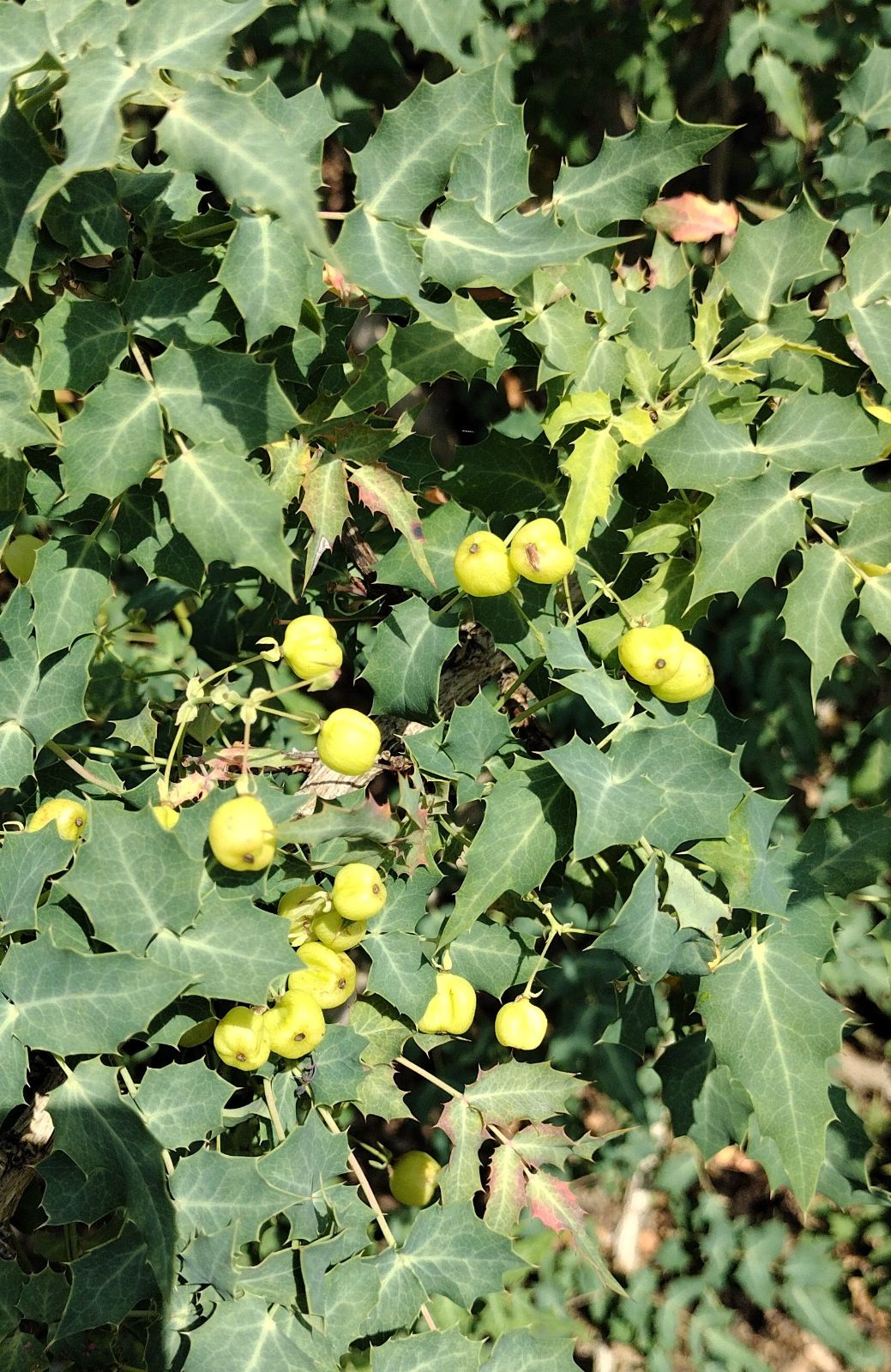Mahonia fremontii
Credits
Article from Bean's Trees and Shrubs Hardy in the British Isles
Recommended citation
'Mahonia fremontii' from the website Trees and Shrubs Online (treesandshrubsonline.
Genus
Synonyms
- Berberis fremontii Torr.
Other taxa in genus
- Mahonia acanthifolia
- Mahonia aquifolium
- Mahonia arguta
- Mahonia 'Charity'
- Mahonia fortunei
- Mahonia gracilipes
- Mahonia haematocarpa
- Mahonia 'Heterophylla'
- Mahonia japonica
- Mahonia lomariifolia
- Mahonia × media
- Mahonia nervosa
- Mahonia nevinii
- Mahonia pinnata
- Mahonia repens
- Mahonia schiedeana
- Mahonia trifolia
- Mahonia trifoliolata
An evergreen shrub 3 to 12 ft high, with pinnate leaves composed of five or seven leaflets of a vividly glaucous colour. Leaflets 3⁄4 to 11⁄4 in. long, spine-tipped, and with one or more spiny teeth at each side, the terminal leaflet is stalked and ovate to lanceolate, the others sessile and shorter. Flowers yellow, and produced four to eight together towards the end of a raceme 2 to 3 in. in length, each flower on a slender stalk 1⁄2 to 3⁄4 in. long. Fruits blue, becoming dry and inflated at maturity, enclosing six to eight seeds.
Native of the hot, dry, south-western United States (Texas, Arizona, etc.). This striking and handsome species may be grown on a south wall, and, wherever cultivated, should be given the sunniest position available. The only species in cultivation likely to be confused with this is M. trifoliolata, which has leaflets of the same form and (in var. glauca) very glaucous hue, but only three of them to each leaf.


